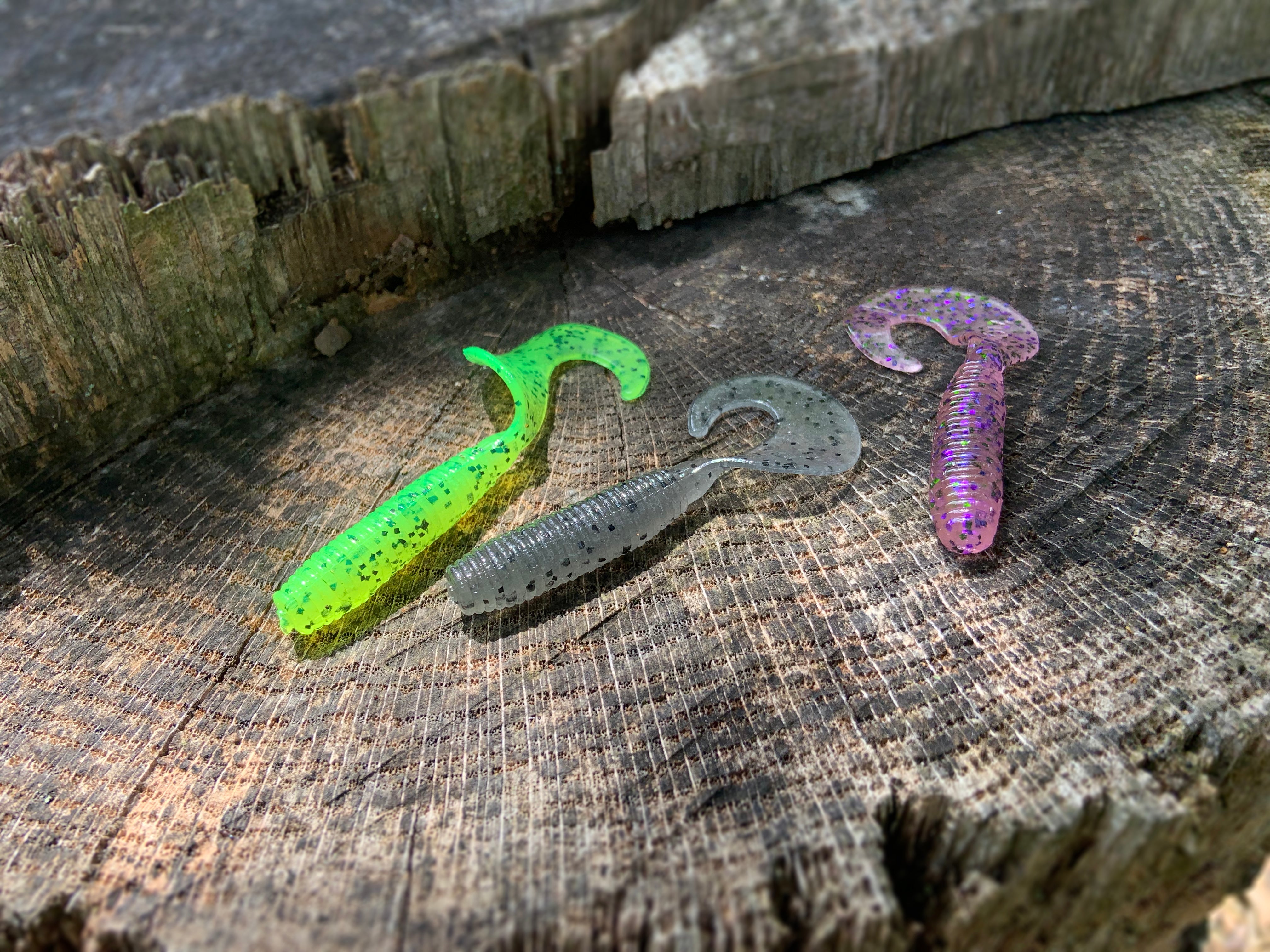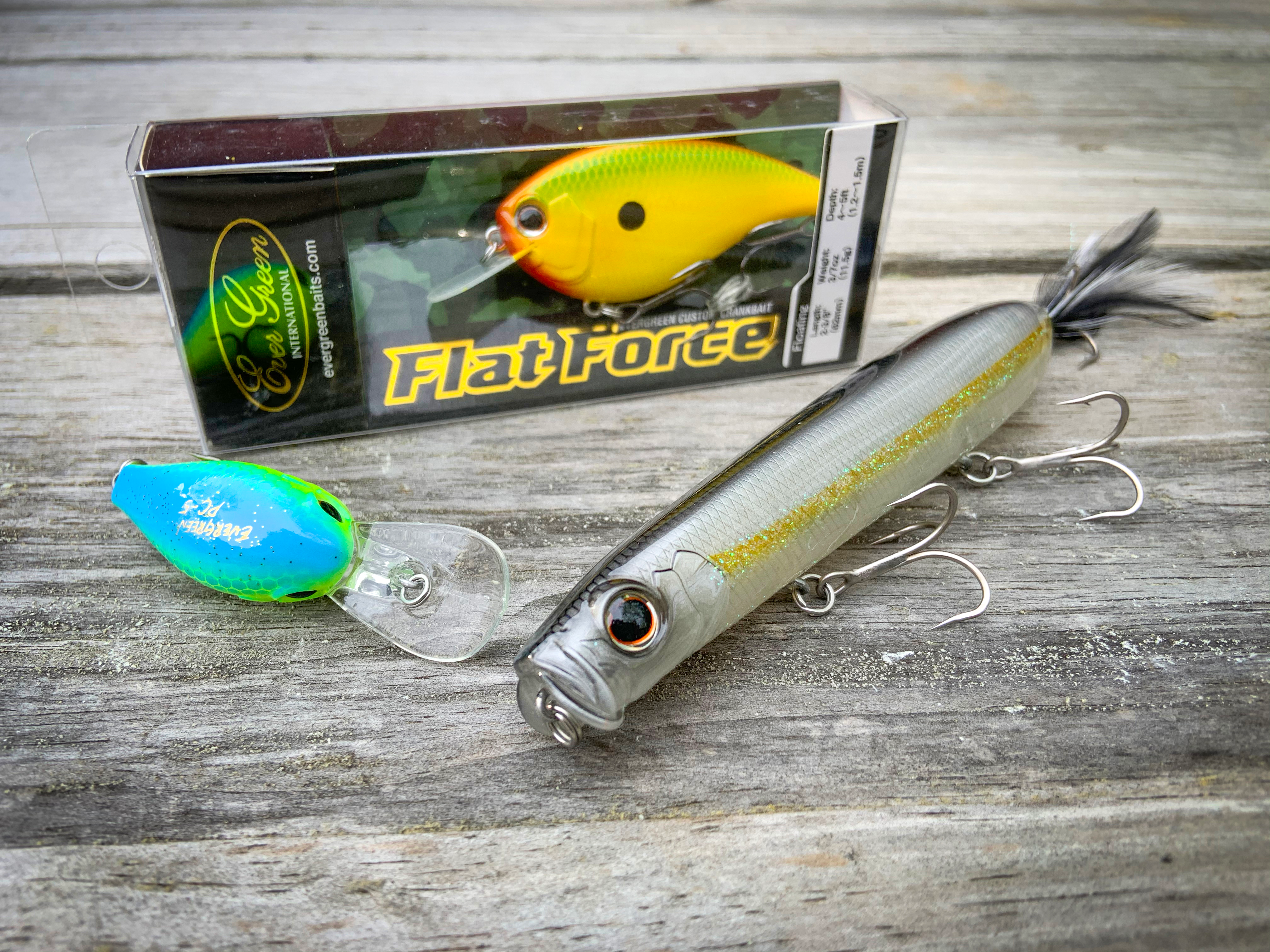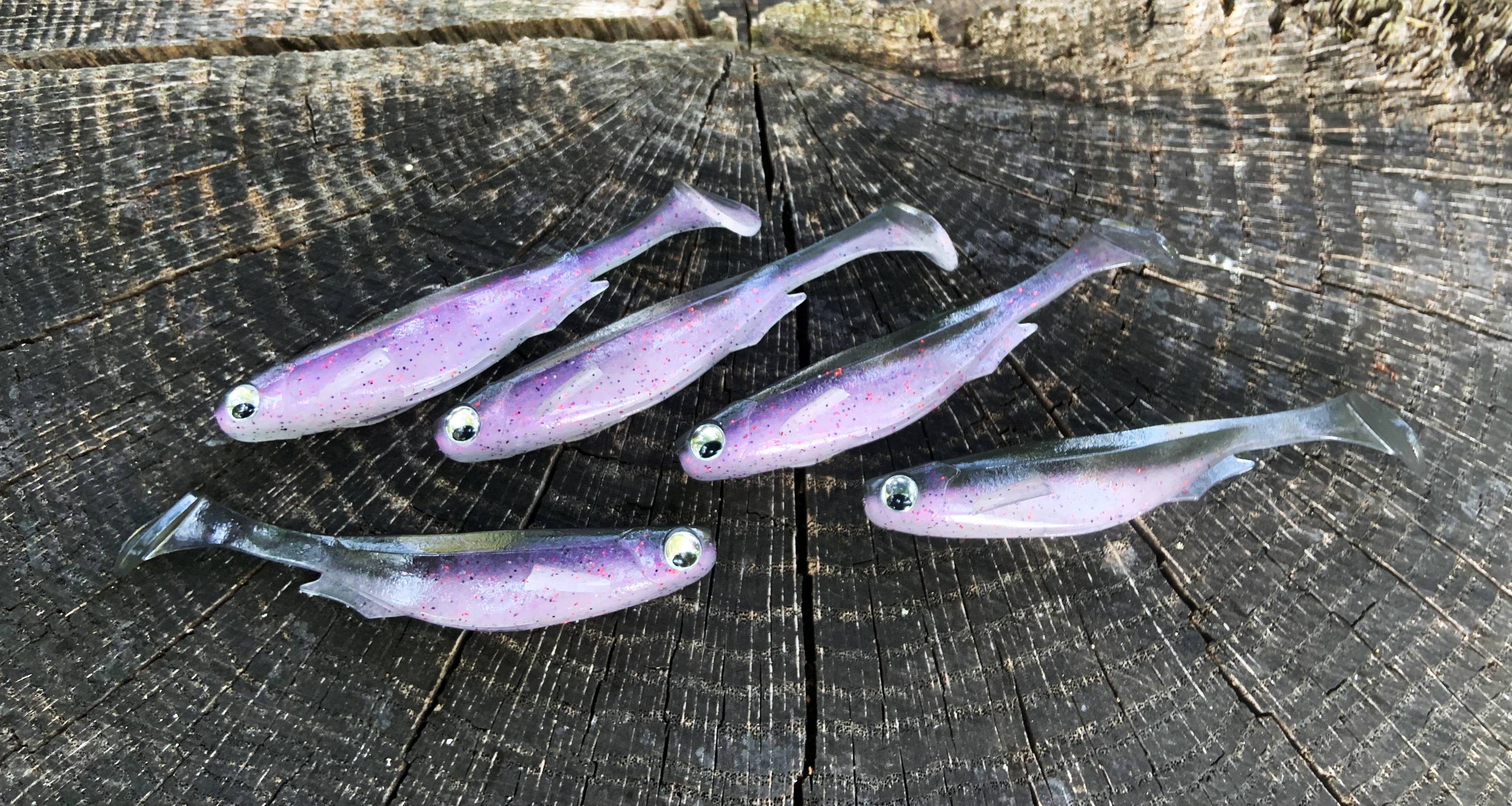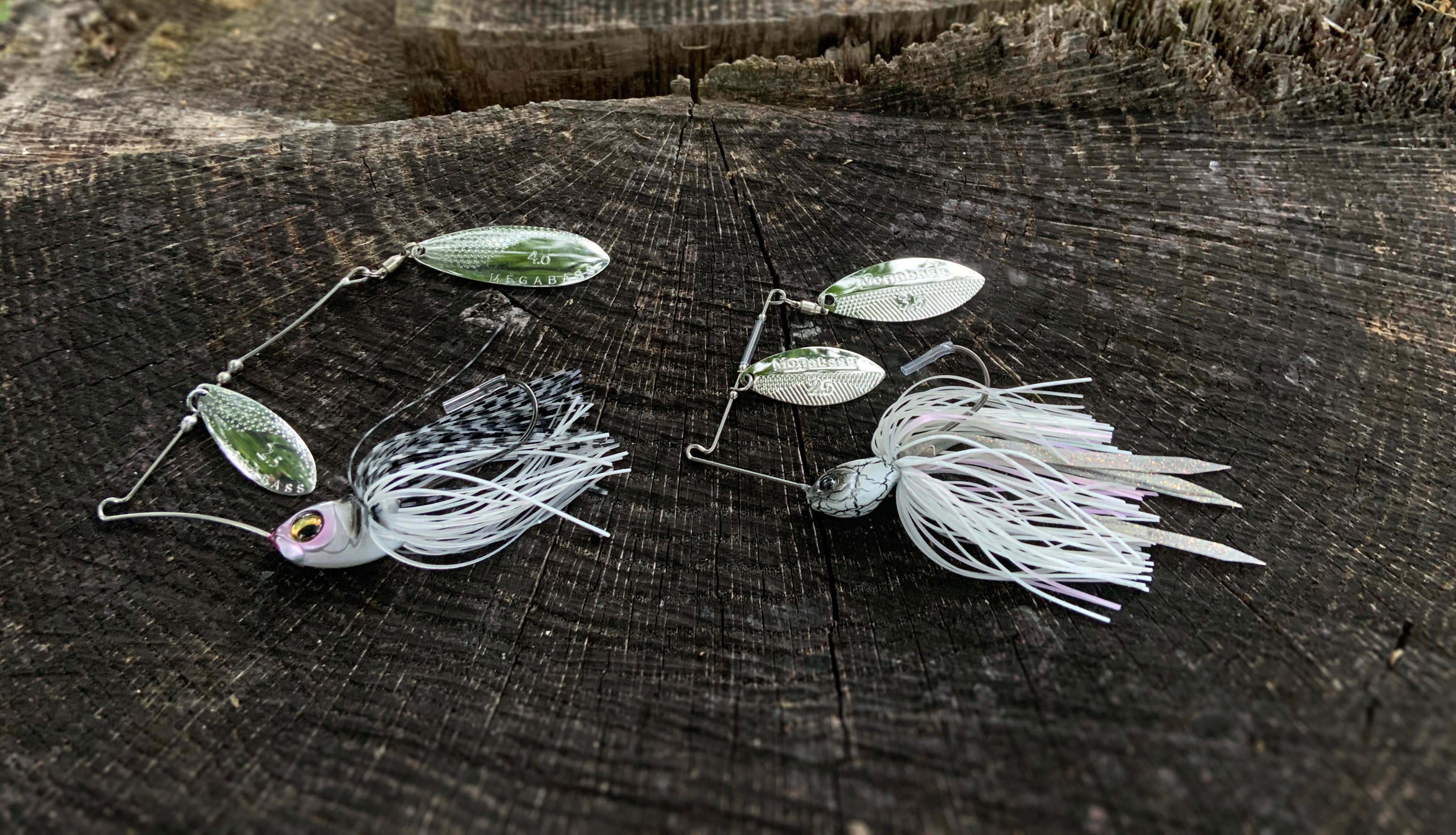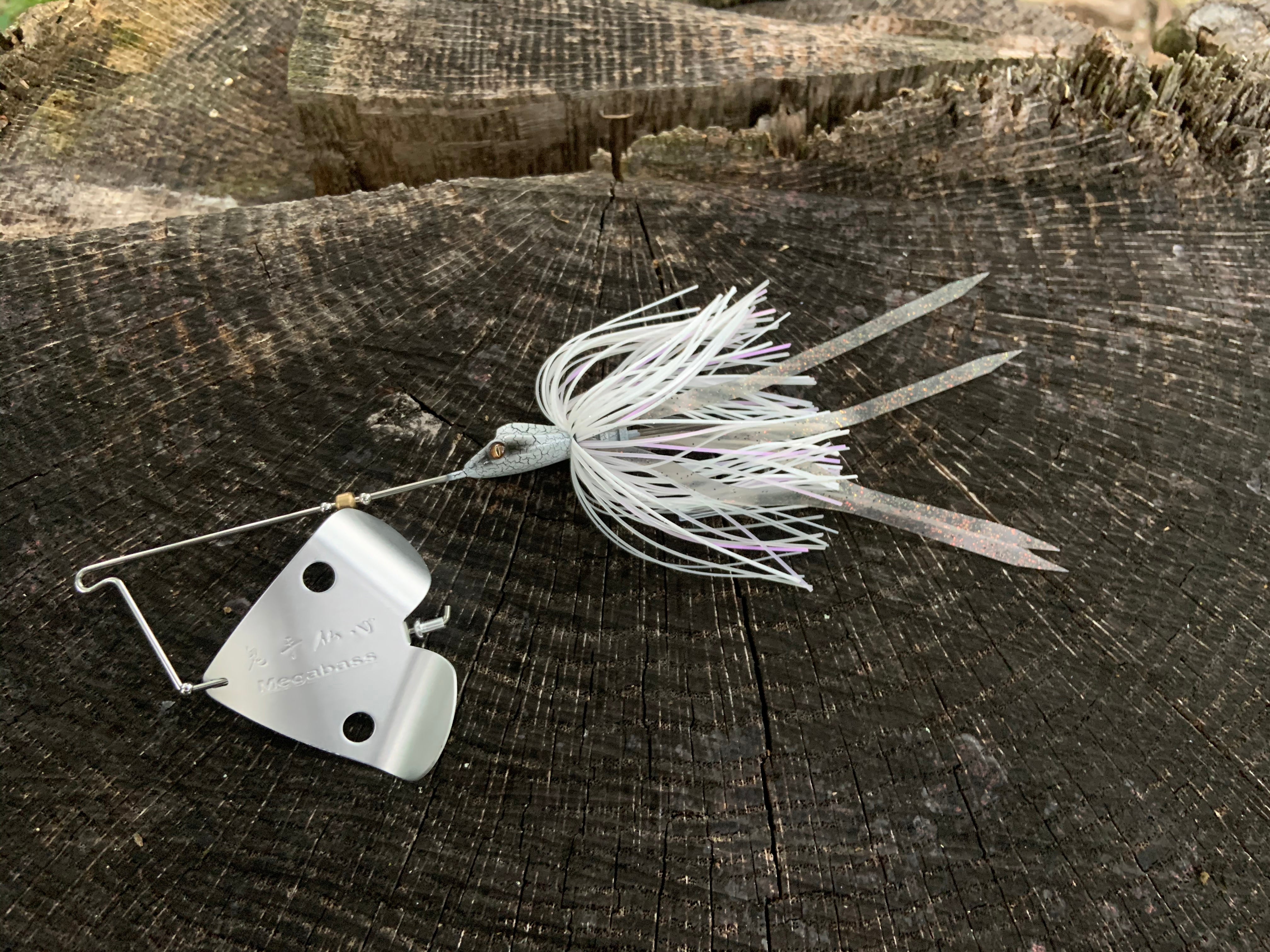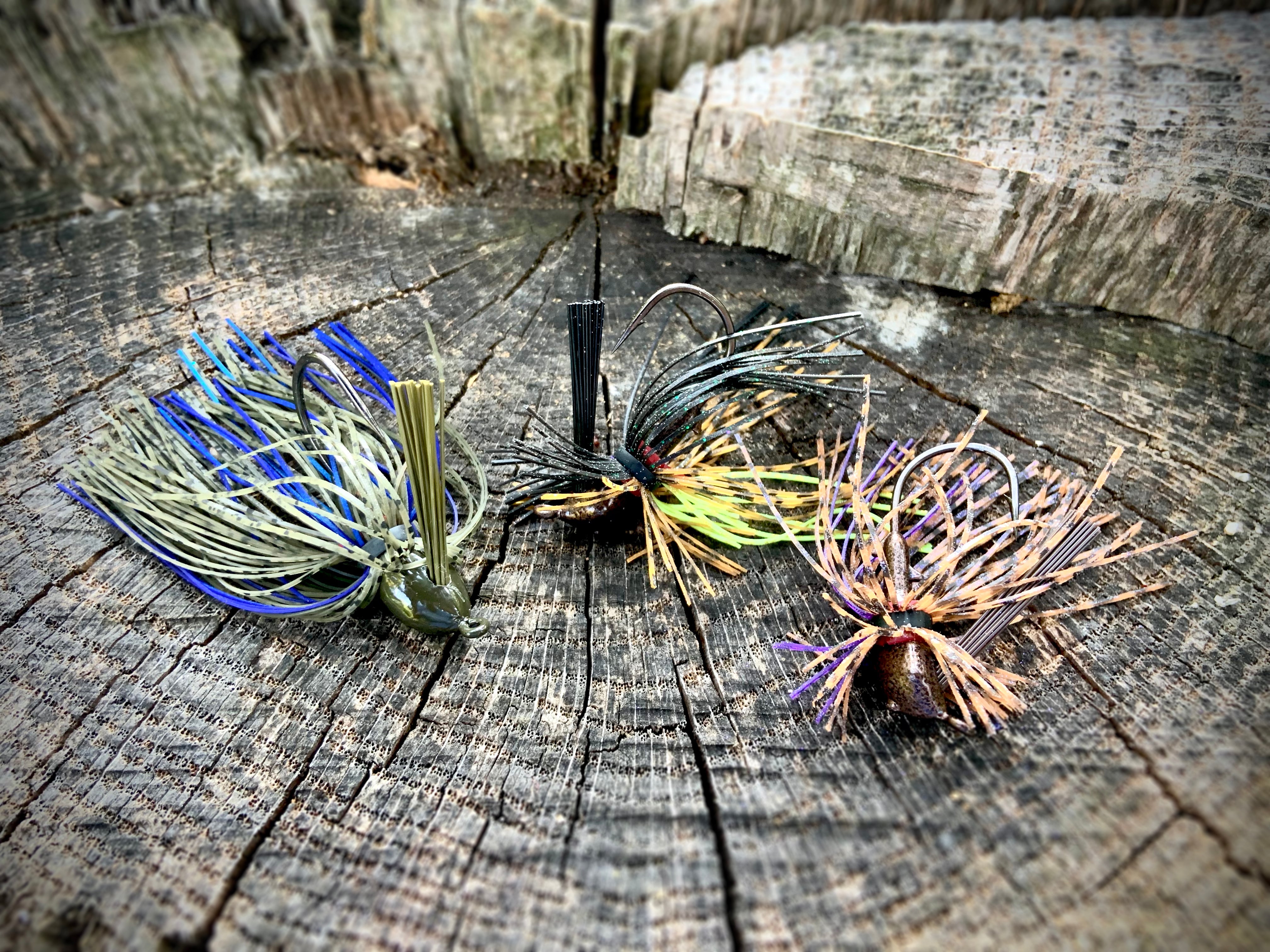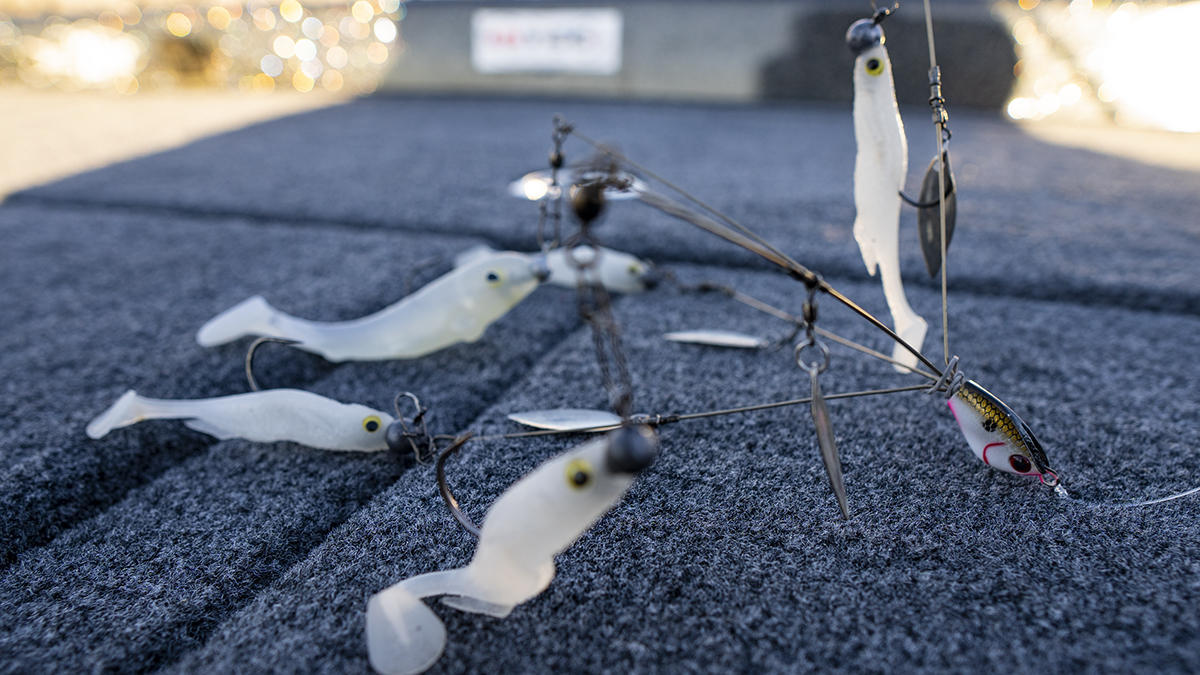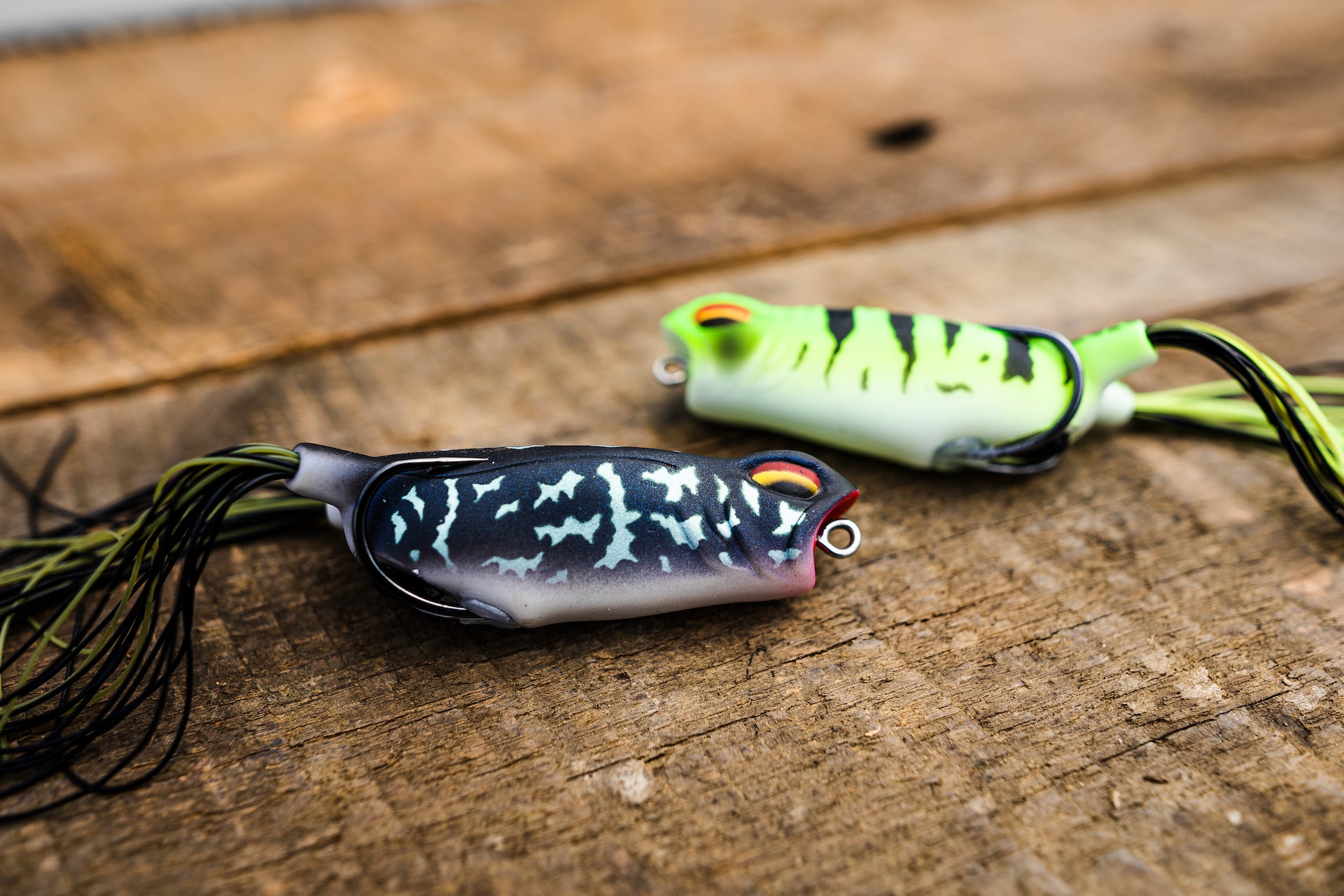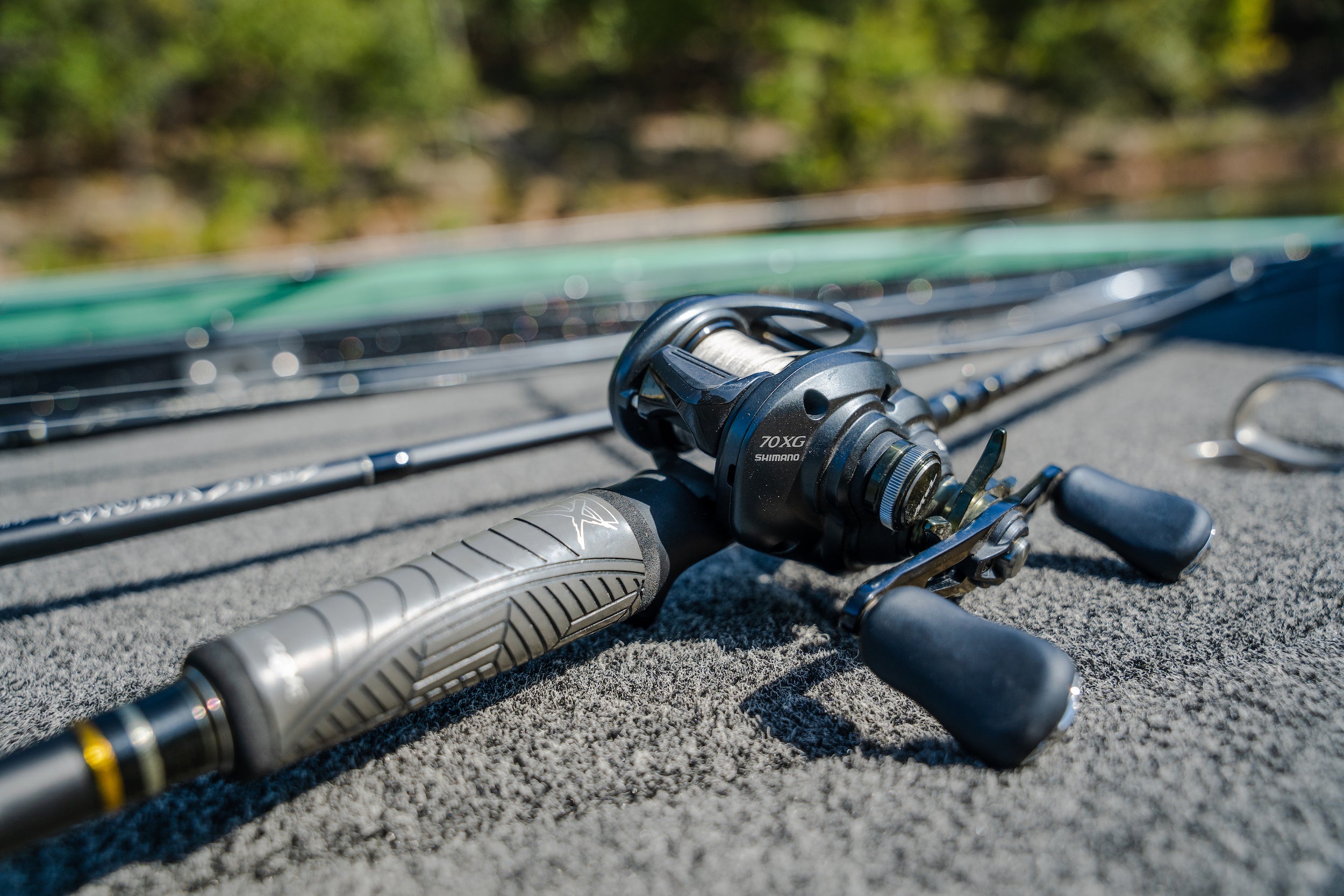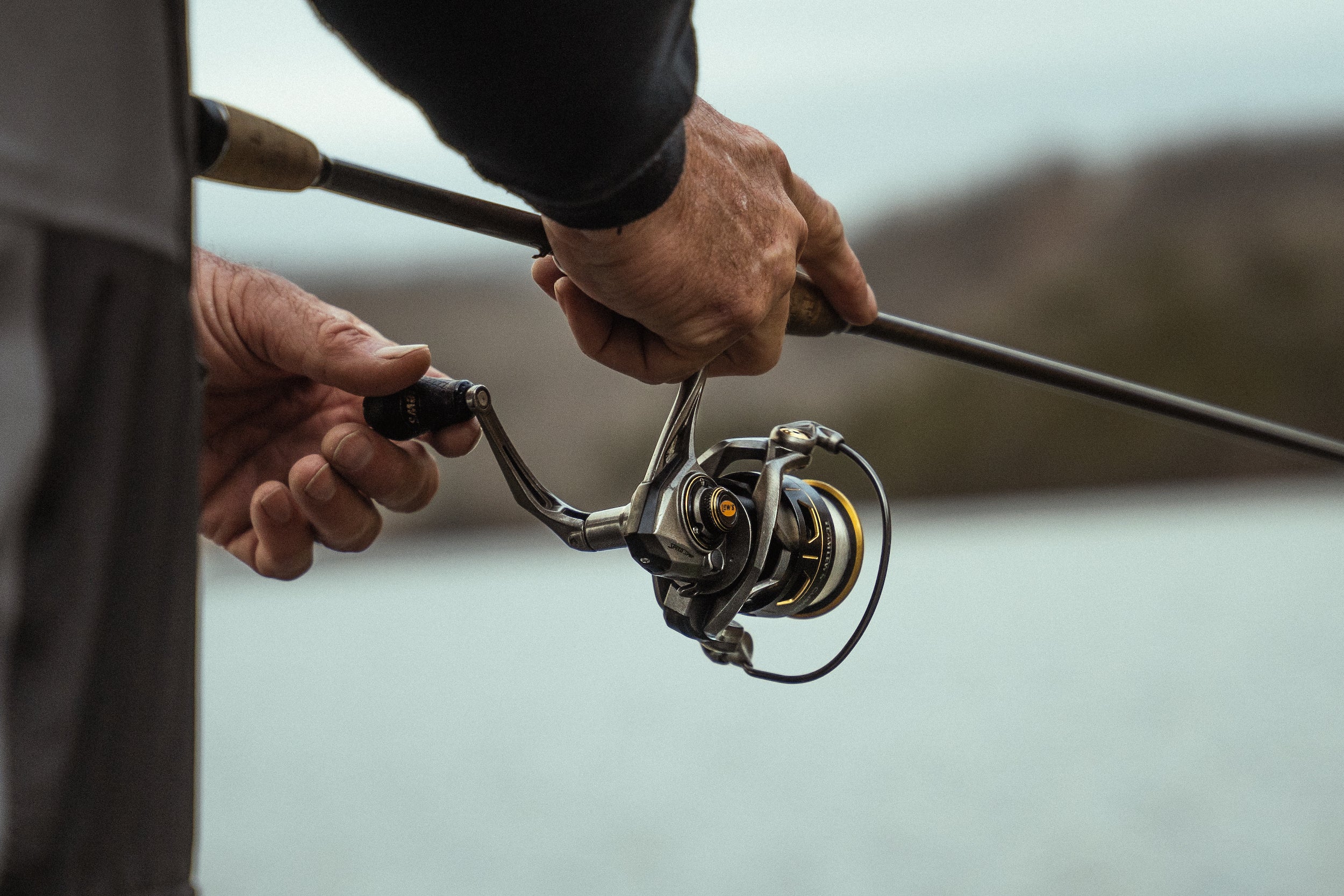Pond Fishing
Pond Fishing: A Relaxing Way to Catch Bass and More
Fishing in a pond offers a unique and rewarding experience for anglers of all skill levels. Whether you’re a beginner looking to learn the basics or a seasoned pro seeking a quiet spot to catch bass, pond fishing provides plenty of opportunities for fun and success. Unlike larger lakes or rivers, ponds often offer intimate, manageable fishing environments where you can get up close with nature—and the fish.
If you’ve been curious about pond fishing or want to improve your technique, here’s a guide to help you make the most of your next trip.
Why Fish in a Pond?
-
Easier Access: Ponds are often smaller and more accessible than big lakes or rivers, making them perfect for quick fishing trips.
-
Less Crowded: You’re less likely to encounter crowds, which means a peaceful, stress-free experience.
-
Great for Learning: The smaller size makes it easier to understand fish behavior and water features.
-
Varied Species: Ponds often hold bass, bluegill, crappie, catfish, and more, providing diverse fishing opportunities.
Getting Started: Gear and Setup
You don’t need fancy gear to fish a pond. Here’s what works best:
-
Rod and Reel: A light to medium spinning combo is ideal for most pond fishing situations.
-
Line: 6-10 lb test line works well for bass and panfish.
-
Baits and Lures: Live bait like worms or crickets is effective, but artificial lures such as soft plastics, small crankbaits, and spinnerbaits can also produce great results.
-
Other Essentials: Don’t forget polarized sunglasses to reduce glare and help spot fish, and a tackle box with a variety of lures.
How to Find Fish in a Pond
-
Look for Structure and Cover: Bass and other fish love hiding spots like submerged logs, weeds, rocks, and docks.
-
Check Shallow Areas: Especially during early morning or late afternoon, shallow flats and edges can hold active fish.
-
Observe Wildlife: Birds diving or frogs jumping can indicate where fish are feeding.
-
Try Different Depths: Fish may move from shallow to deeper water depending on the time of day and temperature.
Best Techniques for Pond Fishing
-
Cast Near Cover: Fish often lurk near vegetation or fallen trees waiting for prey.
-
Slow and Steady Retrieve: Especially with soft plastics or crankbaits, a slow, natural presentation is often key.
-
Topwater Lures: Early morning or evening topwater action can be thrilling and effective.
-
Live Bait Fishing: Worms, minnows, or crickets can be deadly, especially for panfish.
Seasonal Tips
-
Spring: Bass are often shallow and aggressive, guarding nests or feeding heavily.
-
Summer: Fish may move deeper during hot midday hours; target cooler, shaded spots.
-
Fall: Feeding activity ramps up as bass prepare for winter—try deeper water or near baitfish schools.
-
Winter: Fishing slows but targeting deeper holes and slower presentations can still yield bites.
Practice Ethical Fishing
-
Follow local regulations about size and catch limits.
-
Practice catch-and-release when possible, to help maintain healthy fish populations.
-
Respect the pond environment—avoid littering and damaging vegetation.
Final Thoughts
Pond fishing is a fantastic way to connect with nature, unwind, and enjoy the thrill of catching bass and other freshwater fish. With a little practice and patience, you can learn to read the water, find fish, and master techniques that make every trip successful.
So next time you’re looking for a relaxing day outdoors, grab your gear and head to your local pond—you might be surprised by what you catch!


